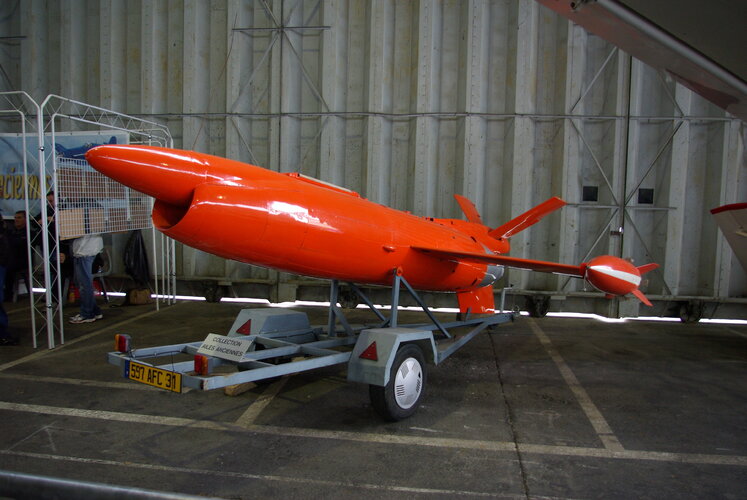I am doing some research about a possible missile/drone sighting in the 1980's, in Muddus national park in the north of Sweden.
The witnesses say they saw a cigar shaped object with fins or tubes at the end of it.
It flew approximately 100 meters over them.
Then it flew about 600 meters out over a lake. did a 180 degree turn to the left, landed (not crashed) in the lake and sank. It bubbled heavily around it when it sank.
They also mentioned that it sounded like it was navigating in the air. The sound was unevenly. Like it was giving many thrusts.
And that they estimated the speed too between 300 to 400 km/h.
Does any one have an idea of what it could be?
Is it many missile or drones with this specific shape?
I have attached a drawing made of the witnesses description.
Here are a link to ufo-sverige with a article (in Swedish) about the sighting.
They have made two expeditions to the lake.
Thank you for your time!
The witnesses say they saw a cigar shaped object with fins or tubes at the end of it.
It flew approximately 100 meters over them.
Then it flew about 600 meters out over a lake. did a 180 degree turn to the left, landed (not crashed) in the lake and sank. It bubbled heavily around it when it sank.
They also mentioned that it sounded like it was navigating in the air. The sound was unevenly. Like it was giving many thrusts.
And that they estimated the speed too between 300 to 400 km/h.
Does any one have an idea of what it could be?
Is it many missile or drones with this specific shape?
I have attached a drawing made of the witnesses description.
Here are a link to ufo-sverige with a article (in Swedish) about the sighting.
They have made two expeditions to the lake.
Thank you for your time!


